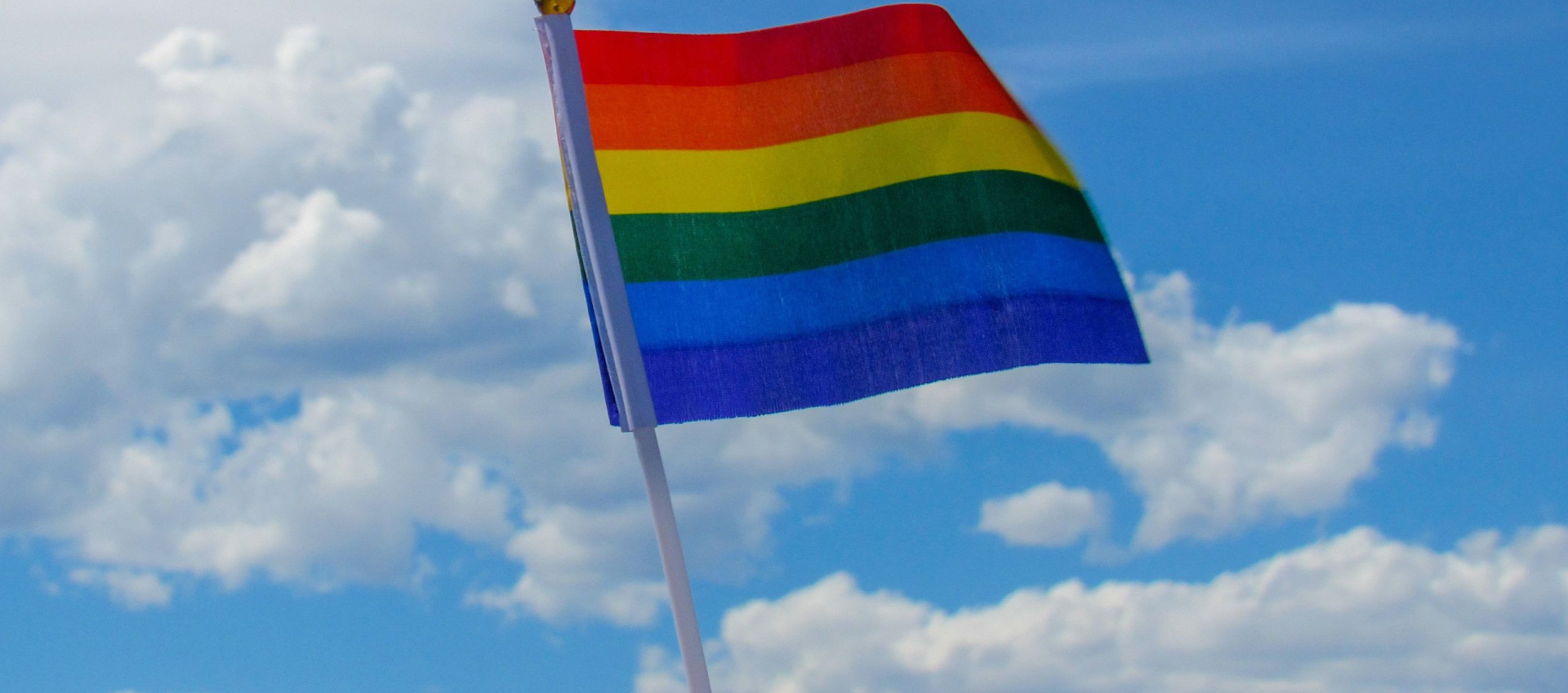What’s in a Name? - The Importance of the Order of the Letters in the LGBTQ+ Acronym
As the LGBTQ+ acronym has evolved over the years, there is much more to the story in regard to the order of the letters.
Share
June is Pride month in North America and in increasingly more countries around the world. In the days and weeks leading up to Pride, you may see the rainbow flag and hear terms like LGBTQ+ heavily used in everything from television commercials to print ads and newspaper articles.
You are probably already aware that the acronym LGBTQ+ refers to Lesbian, Gay, Bisexual, Transgender, and Queer (and Questioning) respectively. The + sign is included to recognize other sexualities like Asexuality, Pansexuality, Demisexuality, Transsexuality, and genders like bigender and pangender, and it is meant to include anyone whose identity does not fall under one of the specific letters, as there are many different ways that people identify themselves.
The evolution of the LGBTQ+ acronym
The LGBTQ+ acronym is the most common term used to refer to the community based around sexuality and gender minorities. In the spirit of being inclusive, the term is often elongated to LGBTQIA+, where the I stands for Intersex and the A stands for Asexual and/or Ally. The acronym has evolved over the years, with various letters being added as new identities began to be acknowledged.
Generation X may remember the community being referred to as GLBT in the early days. When the gay rights movement started in the seventies and early eighties, gay men were largely the ones running the effort. There was a strong focus on men’s issues and the lesbians and trans persons of both genders were less recognized. Even though the GLBT community was supposed to be an inclusive one, there still existed some pockets of misogyny. Gay bars in big cities catered to their clientele, but lesbians were consistently not included in those spaces. There was a great amount of harassment that occurred in those bars, but there were very few lesbian bars where the women could enjoy a safe space. There was a chasm that ran through the community and kept lesbians on one side of the fight when many felt there should have been a united community.
Interestingly, it was the AIDS crisis in the eighties and early nineties that contributed to the shift in the letter order, mainly due to the important role that the lesbian community played in the care and treatment of gay men who were suffering from AIDS. Lesbians were at the forefront of helping gay men with medical care— they donated blood, provided food and shelter, and stepped in to nurse the ill when many refused to treat them with care and respect. Their willingness to support gay men in their time of need sparked a closer relationship between the two groups. This increased camaraderie led to a rise in feminism in both lesbians and gay men. Lesbians became the unsung heroes of the AIDS crisis.
Lesbians were at the forefront of helping gay men with medical care—they donated blood, provided food and shelter, and stepped in to nurse the ill when many refused to treat them with care and respect.
What the order of the letters in LGBTQ+ means
Both men and women in the community became more receptive to feminist ideas and the push to change the order of the letters to have the ‘L’ come first was a relatively easy one. It may seem like a minor thing— that little letter switch to put the L at the front of the acronym. It is important to know that it is not just about the letters. The L before the G is about love and compassion, it is about our ability to care for our family and friends who may be overlooked by society, it is about our willingness to ease their pain and suffering. It is about standing up to injustice everywhere and speaking up for those whose voices have been neglected. It is a reminder of the good that we are capable of doing and also of all the work that we have left to do as a community.
The L before the G is about love and compassion, it is about our ability to care for our family and friends who may be overlooked by society, it is about our willingness to ease their pain and suffering.
While the order and number of letters may have changed over time, the message remains the same—one of Inclusion, understanding, and most importantly, love for each other. So, let’s celebrate this Pride month with compassion and understanding.
Do you like reading this blog? Check out our collection of LGBTQ+ resources!









